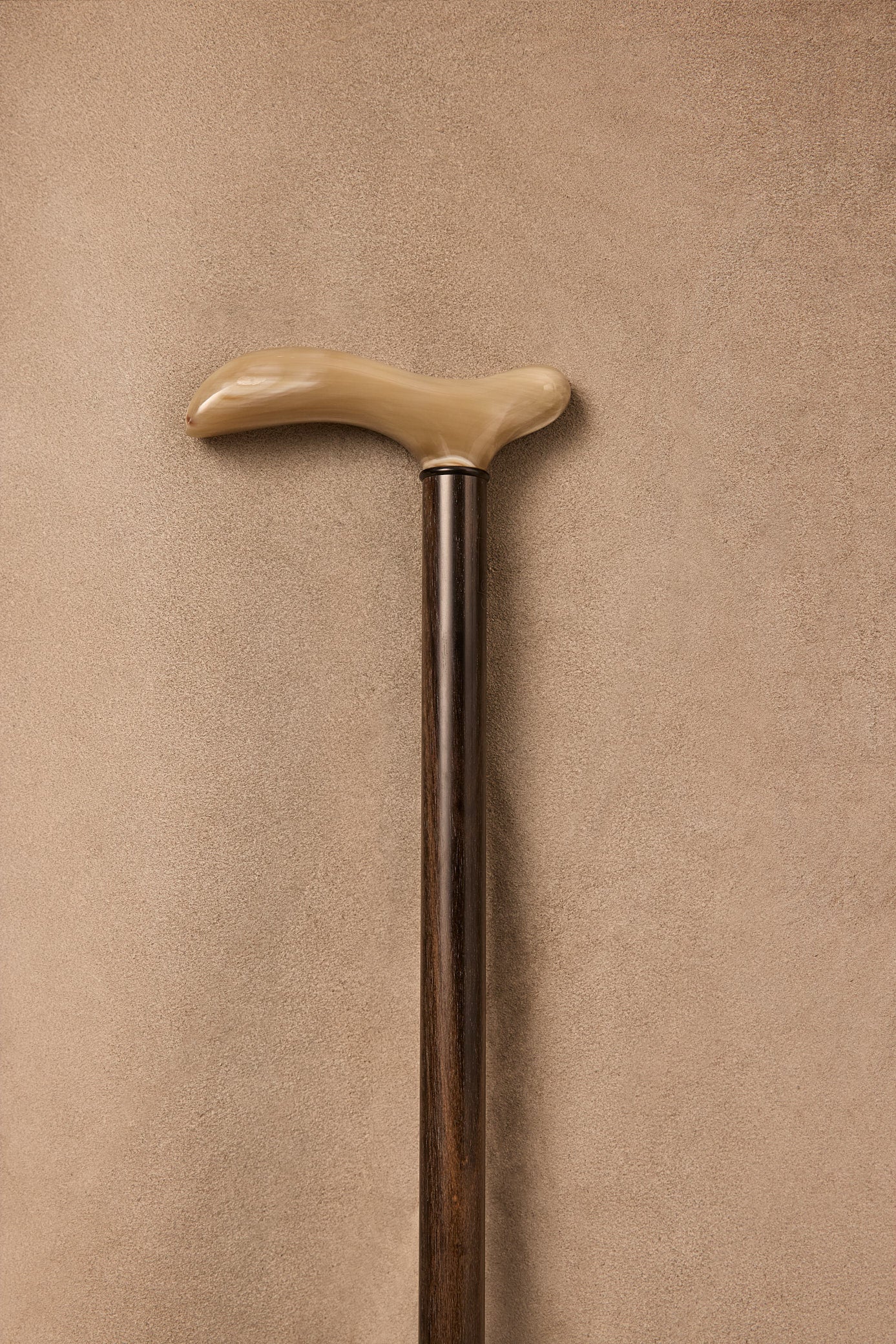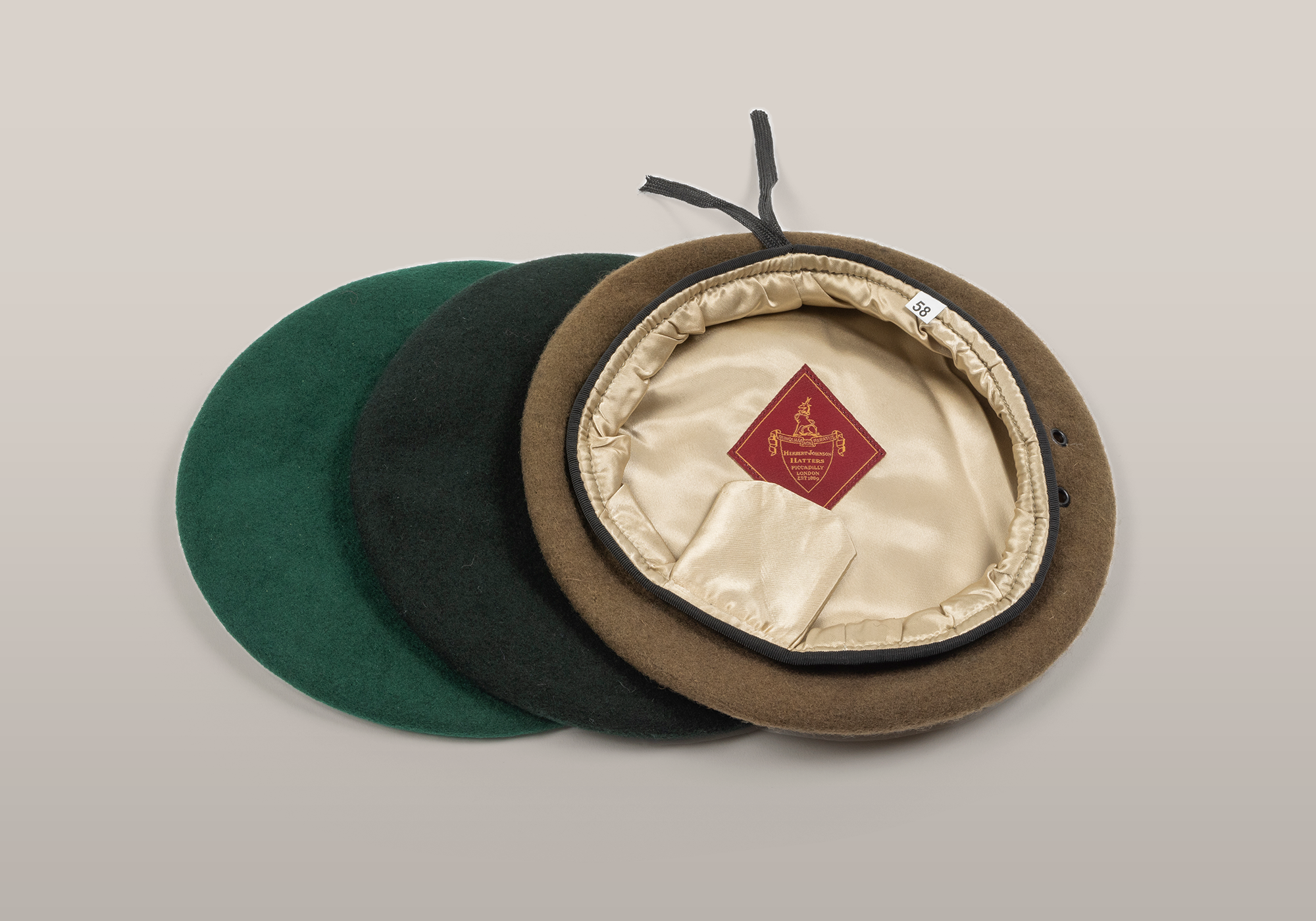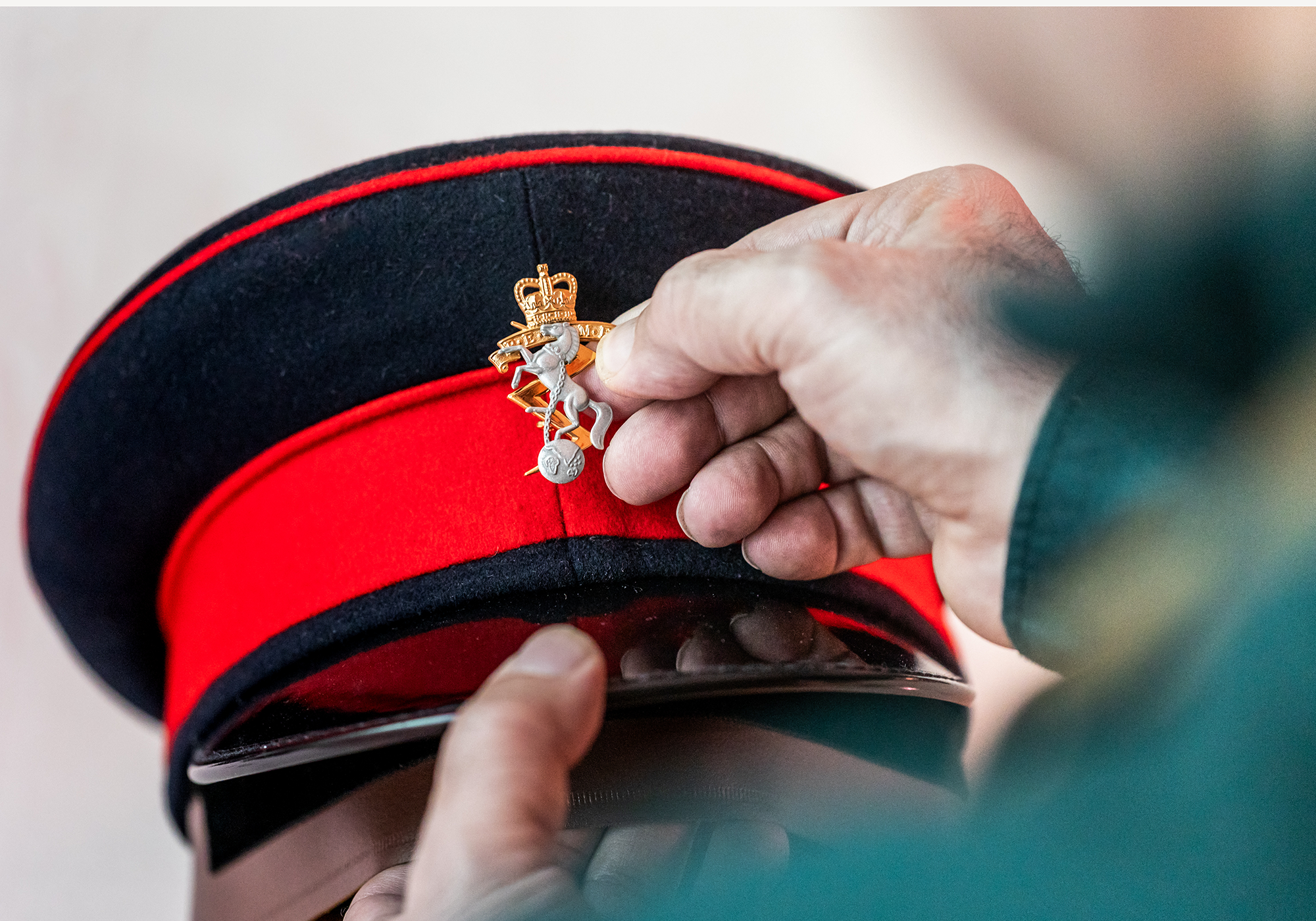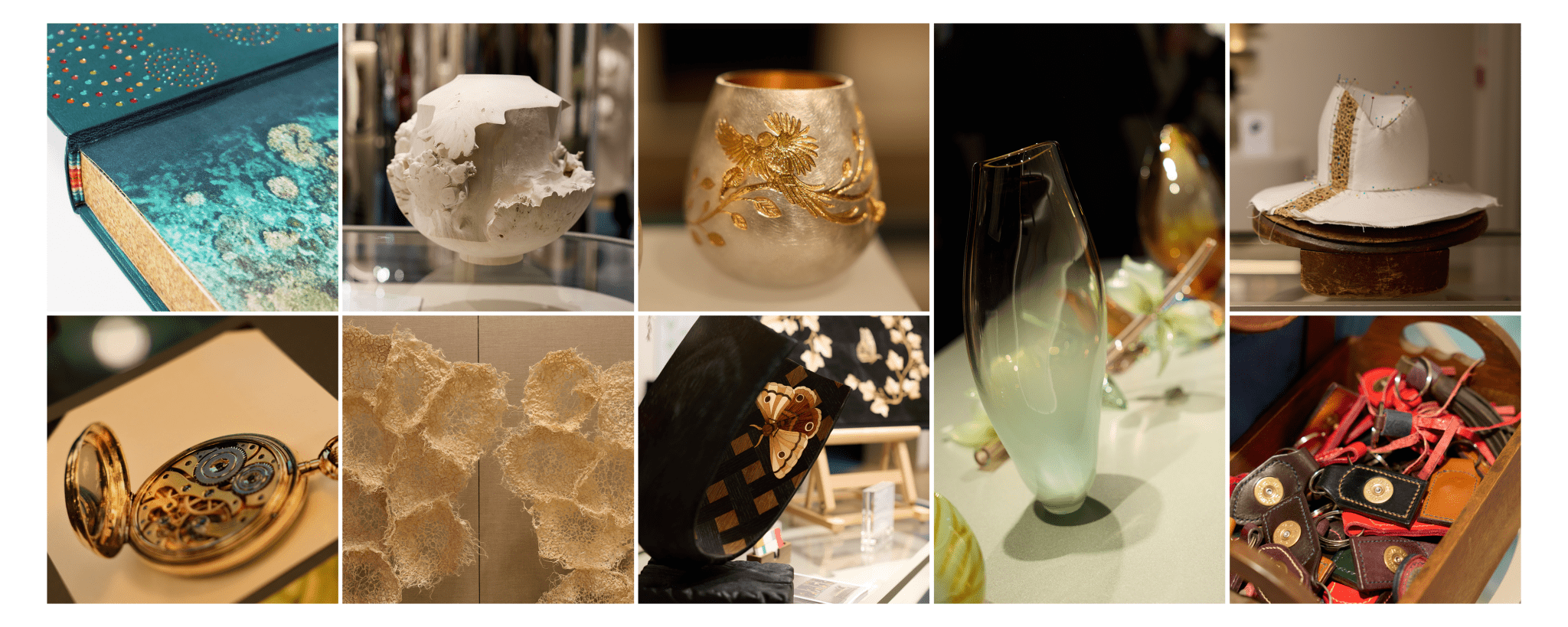Anatomy of the Hat

From the painted walls of ancient Egyptian tombs to the runways of the streets, hats sit proudly at the intersection of necessity and self expression. Once a crown of status, they become something far more mischievous: a wink of personality perched on the head. The way one wears a hat whispers volumes. Pulled low, it suggests coy demureness; worn straight, a fedora exudes effortless sophistication. Tip it just so, and suddenly it hints at rebellion, an irreverent spark that says the wearer is not to be taken entirely at face value. A hat, after all, is never just a hat.
So, what truly goes into the making of these distinctive accessories? Hat making is an ancient craft, its roots reaching as far back as 600 BCE, with felts discovered in Siberian permafrost fashioned from mammoth hair. Though materials shift over millennia from the rough hides of a mammoth to rabbit, beaver, straws, and fine wools of later centuries, the essence of the process remains stubbornly unchanged. It is still, at its heart, a patient dance of steaming, blocking, shaping, and coaxing raw material into a finished piece.

At Herbert Johnson, traditional hat making methods are faithfully preserved and practised with pride. Felts are sourced sustainably, often as byproducts of pest control in Canada, typically rabbit or beaver, ensuring the craft respects both heritage and environment. Before the felt can be used and shaped, the hides undergo a series of refinements to ensure quality and finish. These are opened, cleaned, and carefully carded, a process of separating, spinning and aligning them into a uniform web. This mat is moistened and pressed, beginning the felting process as the microscopic barbs of each hair lock together. To achieve the hallmark smoothness of fur felt, it is pounced, abraded with sandpaper until the surface takes on its soft, velvety finish. Felts are received pre-pounced, ready to enter the blocking stage, where each piece is shaped with precision so that crown and brim achieve their perfect balance.
Blocking may be carried out on either wooden or metal forms. The recently introduced metal blocks lend efficiency, enabling several hats of the same crown size to be produced in far less time. By contrast, the wooden blocks call for patience; each hat must be left to dry for a full twenty four hours. Yet when it comes to unusual dimensions or those elusive half sizes, wood remains indispensable, allowing the craftsman to coax and refine every contour with exacting precision.

After blocking, each hat is lightly steamed to refine its shape before the final details are applied. A grosgrain ribbon is carefully set by hand, the leather sweatband fitted for comfort, and a silk lining inserted, discreetly embossed with the Herbert Johnson logo. The hat is then ready to be handed over.
More than an accessory, it remains an unfailing emblem, crowning head and spirit with individuality and style. Within its brim lies both shelter from the elements and a story that spans past to present, maker to wearer. With a graceful tilt, it becomes both greeting and signature.
















